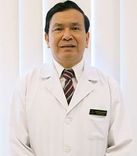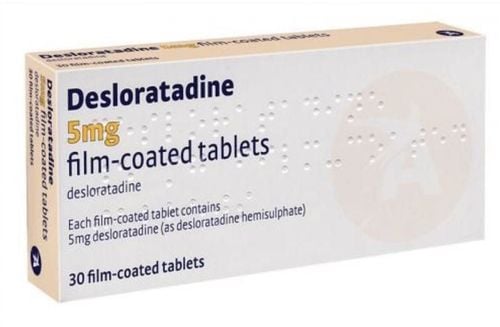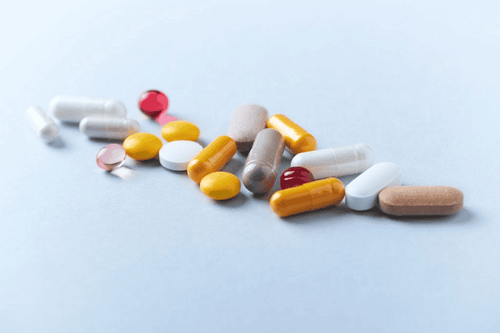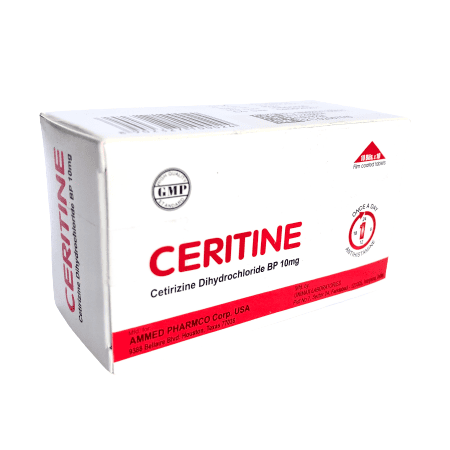This is an automatically translated article.
The article was written by Consultant, Associate Professor, Dr. Phan Quang Doan - Allergy-clinical immunologist - Department of General Internal Medicine - Vinmec Times City International General Hospital.1. Classification of rhinitis
Rhinitis is divided according to the type of allergic rhinitis (VMDU) and non-allergic rhinitis.
1.1 Allergic rhinitis must be caused by one or more types of allergens. Based on the time of year it is divided into seasonal rhinitis and year-round rhinitis.
Seasonal allergic rhinitis associated with pollens or molds is characterized by seasonal symptoms that may be relieved or resolved by the end of the season. Year-round allergic rhinitis is caused by house dust mites, molds, cockroaches, pet dander... However, this classification is not entirely satisfactory because seasonal allergens in this region or country may be allergenic. year-round elsewhere and vice versa. On the other hand, most patients are often sensitive to many types of allergens.
1.2 Nonallergic Rhinitis Nonallergic Rhinitis often has no known cause.
2. Clinical symptoms of allergic rhinitis
It's the classic triad: Sneezing, itchy nose, runny nose, clear runny nose appear in episodes occurring during the day, in addition to the attacks may be normal.
These symptoms may appear in the following order:
Itchy nose is an early symptom. Runny nose is a symptom that appears after an itchy nose, sneezing. Clear nasal discharge can be profuse. If the mucus is cloudy, there may be a superinfection. Sneezing in series sometimes up to several dozen times in a row, usually occurs when awake or exposed to allergens. Nasal congestion: atypical, sometimes stuffy at times, on each side or stuffy on both sides. However, in patients with BV, it is not necessary to have all of the above symptoms, sometimes only sneezing or runny nose, stuffy nose predominates.
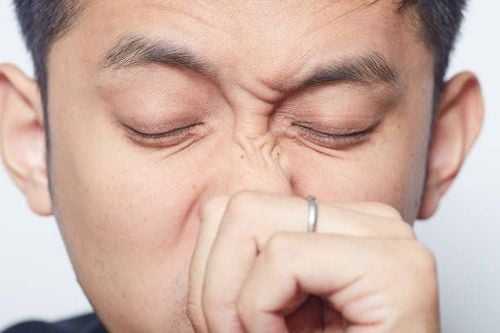
3. Methods of treating allergic rhinitis
3.1 Principles of Treatment Avoiding Allergen Exposure Non-drowsy antihistamines are preferred. Vasoconstrictors and oral corticosteroids are only used for a short period of time. Corticosteroid sprays are used daily and only stopped after symptom resolution for at least one month. 3.2 Treatment goals Improve quality of life Rapid relief of symptoms and prevention of recurrence Treatment must be safe.

Anti-inflammatory corticosteroids have many different types of systemic and local effects such as beclomethason, budesonide, flucason, methylprednisolone, dexamethasone, etc. Flixonase (fluticasone propionate) is the preferred inhaled corticosteroid in the treatment of UTI with the effect of reducing the production of inflammatory cells, reducing the release of inflammatory chemical mediators, and reducing vasodilation in the nasal mucosa. This drug is highly effective in the treatment of seasonal or year-round UTI in both adults and children over 4 years of age, well tolerated, with few side effects.
Dosage:
Nasal spray solution 50mg/dose, aerosol 60 doses.
Adults: 2 sprays in each nostril, in case of need, can be sprayed 2 times/day. Children 4-11 years old Each time 1 spray on each side
There is also beclomethasone (beconase) spray form
Topical chromium drugs also have anti-inflammatory effects, inhibiting both early and late stages of VTE. Spray day, spray into the nose 4-6 times. Commonly used drugs: sodium cromoglicate, nedocromil sodium.
Antihistamines :
Antihistamines to treat UTIs are usually in oral form, convenient to use 1 tablet a day. Commonly used drugs: loratadine 10mg, terfenadine (teldan) 10mg, clarityn 10mg, cetirizine (zyrtec) 10mg, fexofenadin (Telfast) 180mg.
Anti-nasal decongestants:
In addition to corticosteroids, there are also some drugs that have anti-congestive effects in the nose. These drugs are used in the form of nasal drops or sprays, which have quick effects on nasal congestion but have no anti-inflammatory effect. However, prolonged use can cause nasal congestion again (drug rhinitis). Commonly used drugs: ephedrine, oxymethazolin, etc. spray 2-3 times a day.
Please dial HOTLINE for more information or register for an appointment HERE. Download MyVinmec app to make appointments faster and to manage your bookings easily.
